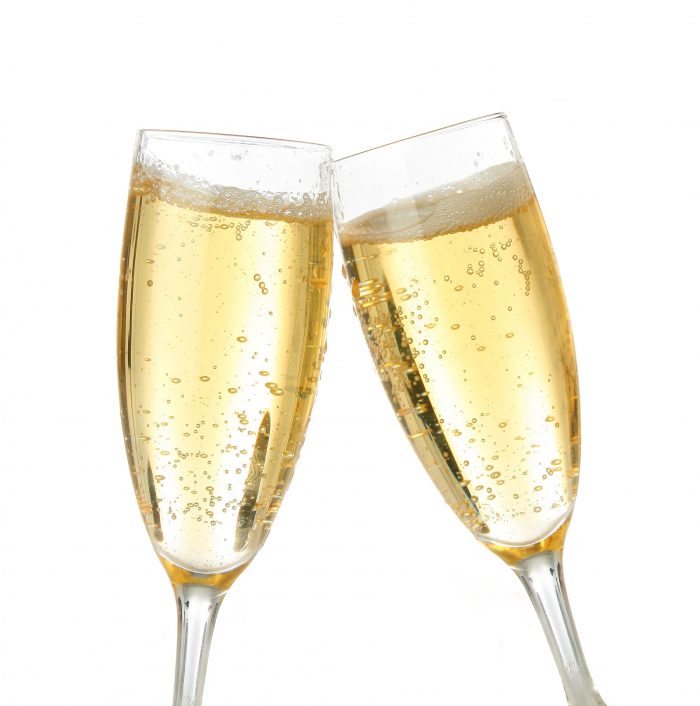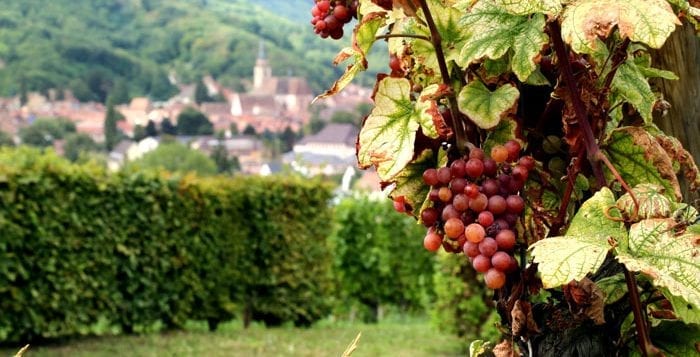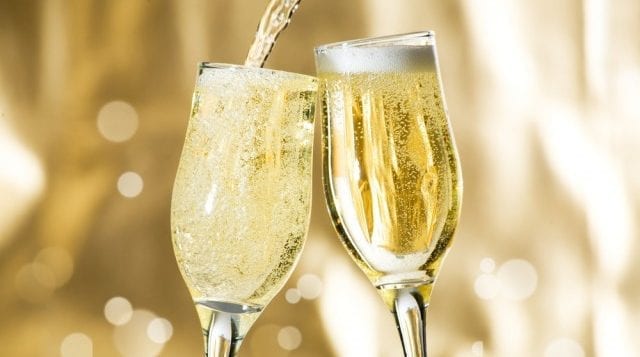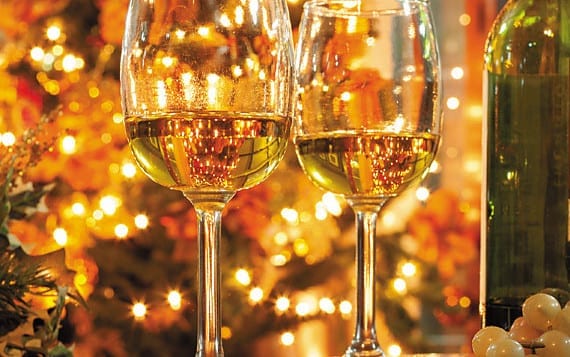By Bob Lipinski

I must confess … I love bubbly; regardless if it’s in a Mimosa for breakfast, a glass of Prosecco for lunch, Champagne as an apéritif, during dinner, or even a glass of Asti after dinner!
Sparkling wines are superb pairing partners with a multitude of international foods, from appetizers to main courses and finishing with desserts. Although all wine-producing countries make some type of sparkling wines, the most common styles or designations are: Brut, Extra Dry, Sec, Demisec, Rosé, Blanc de Blancs, Blanc de Noirs, and Vintage.
Some names of sparkling wines produced worldwide include Champagne, Crémant, Cava, Franciacorta, Asti, TrentoDoc, Prosecco, Sekt, and simply “sparkling wine.”
Dry sparkling wines pair with salty foods; fried and deep-fried foods; spicy hot foods; smoked foods; oily seafood such as anchovies, bluefish, herring, mackerel, salmon, sardines, and tuna; chives, garlic, ginger, leeks, onions, scallions, and shallots; citrus and citrus-like ingredients; and fresh herbs such as cilantro, parsley, sage, and tarragon.
— Sparkling wine is an excellent an apéritif because of its refreshing, appetite-stimulating effervescence.
— Sparkling wines add excitement to the meal when served throughout dinner.
— Many Asian foods can be paired with sparkling wines.
— Dry sparkling wines taste thin and unpleasant with sweet desserts
— Avoid serving dry sparkling wines with desserts featuring chocolate or lemon sauces.
— Avoid serving dry sparkling wines with salads featuring tart or acidic dressings.
— Avoid serving dry sparkling wines with tomato-based sauces, whose acid interacts with the high acid of the wine, causing a tart, sometimes biting taste in the mouth.
Recently tasted sparkling wines include:
NV Moser 51,151 “TrentoDoc” Brut, (DOC) Trento, Italy: 100% Chardonnay grapes. Straw-yellow with a fruity aroma of blueberries and raspberries. Medium-bodied, dry, and crispy tasting, with hints of apples and cherries.
NV Codorníu Cuvée Clásico “Cava Brut,” Spain: Blend of Macabeo, Parellada and Xarel-Lo grapes; a bouquet of green apples, lemon, and brioche. Dry, clean, and crispy in the mouth with a pleasing aftertaste of almonds.
NV Ca’ del Bosco “Cuvée Prestige,” Franciacorta (DOCG) Lombardy, Italy: A blend of Chardonnay, Pinot Noir, and Pinot Bianco grapes; crisp, delicate bouquet with hints of almonds, dried pears, and apples. Soft in the mouth with a crispy aftertaste.
NV Valdo Cuvée di Boj “Prosecco Brut,” (DOC) Veneto, Italy: Medium-bodied with a floral bouquet of stone fruits, apples, and citrus. Dry with hints of fennel and ginger.
NV Ruinart “Blanc de Blancs” (Champagne, France): Clean and crisp with flavors of green apple, pear, brioche, celery, and citrus.
Bob Lipinski is the author of 10 books, including “101: Everything You Need To Know About Whiskey” and “Italian Wine & Cheese Made Simple” (available on Amazon.com). He consults and conducts training seminars on Wine, Spirits, and Food and is available for speaking engagements. He can be reached at www.boblipinski.com OR [email protected]










